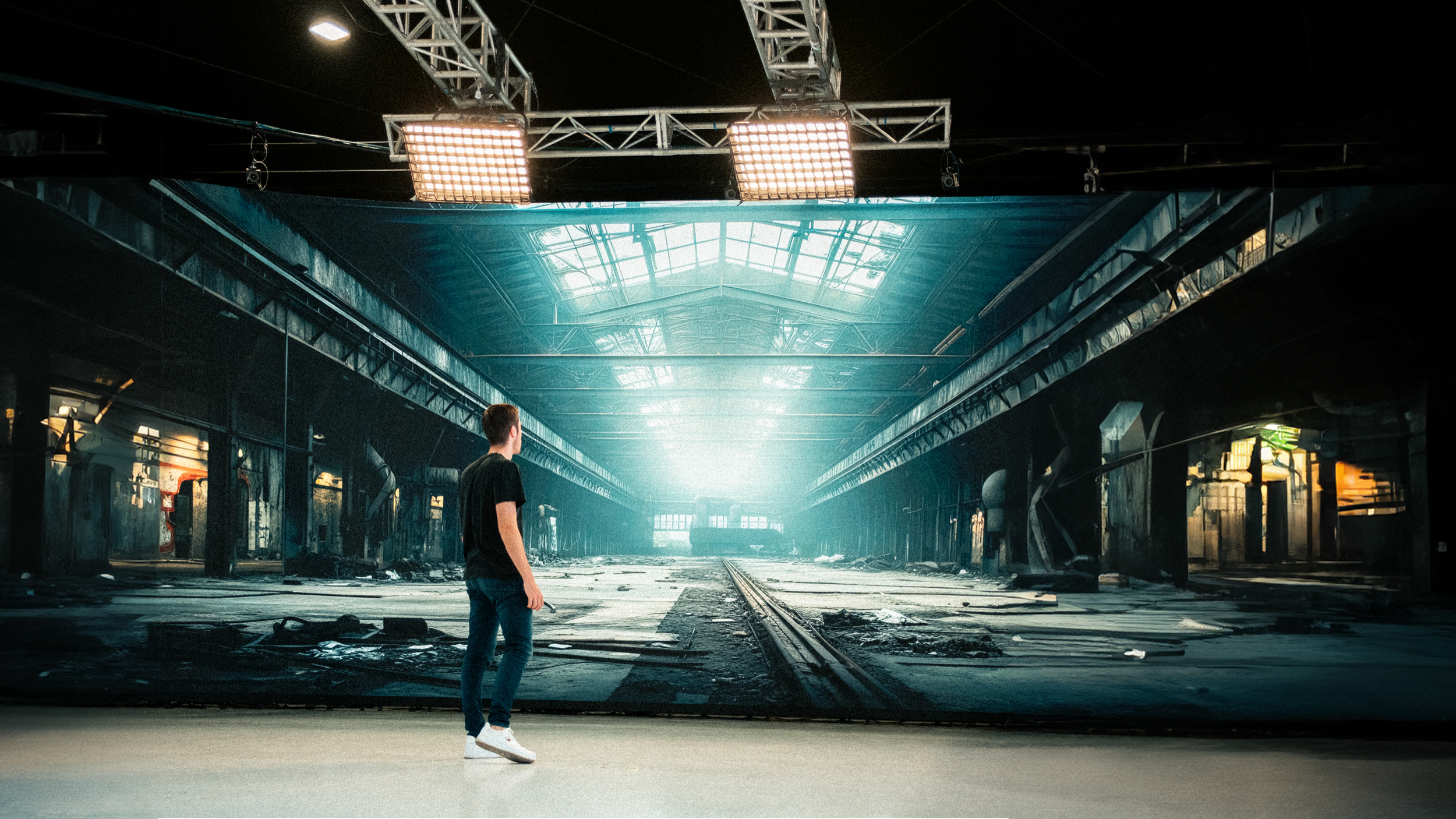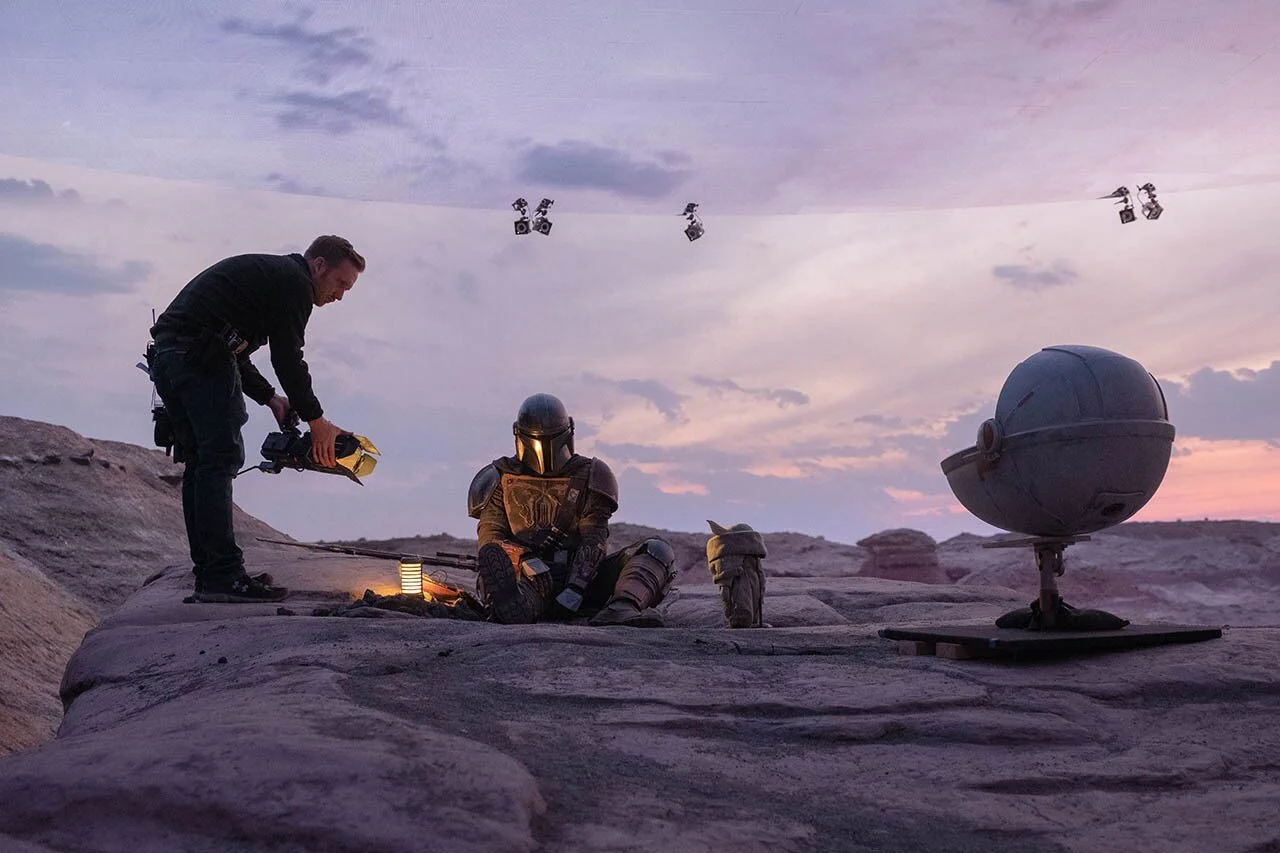Virtual Production here is changing filmmaking
There are many filmmaking tools in any filmmakers toolbox, with technology changing and adding new tools each year to both the excitement of movie-goers and makers around the world but also to the dismay of traditionalists, aiming to preserve the world of old filmography art. Love it or hate it, technology in filmmaking is here to stay, and it’s here to continuously improve the way content is captured and processed in the modern world.
One of my favourite new pieces of technology that has popped up in the last 5 or so years, is the concept of virtual production, a modern-take on green screen where a 3D or 2D environment is placed on LED screens behind subjects, and in combination with game engines such as Unreal Engine 5 from Epic, enables actors, props and models to be placed in any environment they can dream of, both on earth or any galaxy far, far away.
Lucasfilm: The Mandalorian Behind the Scenes. Inside the Volume.
Speaking of such galaxies, the technology has had significant advancements ever since ILM and Lucasfilm produced The Mandlorian back in 2018 - 2019, where DP’s such as Greig Fraiser contributed to pioneering the first widely known used forms of virtual production, to place characters in worlds, without the need of comping out green-screens to subsequently replace the green voids with the desired backgrounds. Especially helpful when the Mandalorian (the main character) of the show, was in these environments in a shiny reflective metal suit.
Since then, the technology has become far more accessible and studios around the world have been popping up, bringing similar virtual production capabilities to filmmakers in the commercial, narrative and performance world of all shapes and sizes. I had the opportunity to visit Dreamscreen Australia, located 15 minutes from Melbourne Airport and 30 minutes from the CBD, to discover and learn more about their virtual production setup, which has been operational for the past 3 years. With a main volume space consisting of a primary 15m x 5m LED screen with two seperate rolling panels that can be adjusted depending on production requirements.
Clayton Jacobson. CEO and Founder of Dreamscreen Australia, inside their LED Volume.
Clayton Jacobson the CEO and Founder of Dreamscreen Australia and Dream Screen Australia Production Manager, Bridget McNamara sat down to share their insight into the space, what goes into making the facility function to serve a variety of productions, and the impressive innovations that are constantly evolving every week as productions roll through the facility including; ABC’s Fires, NBC’s La Brea and more. Click on the video below, to get a behind the scenes look to what could potentially be a turning point in the filmmaking industry, where we may see a transition away from green and blue screen production reliant methods.



